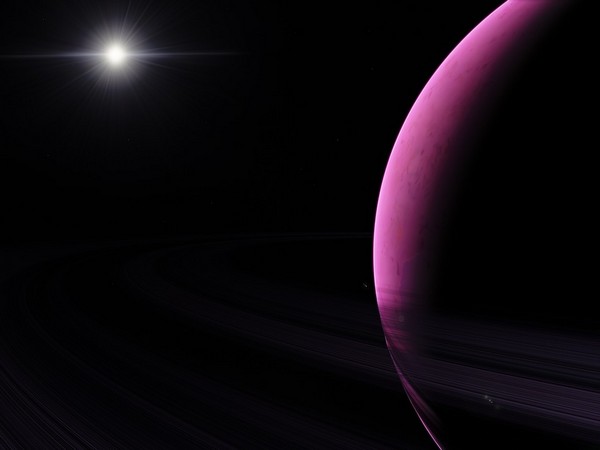AI can be used to find planets outside of our solar system, new study reveals

A recent study carried out by researchers at the University of Georgia reveals that artificial intelligence (AI) can be used to find exoplanets - planets outside of our solar system - reshaping the way scientists detect and identify new planets very far from Earth.
Scientists face challenges in detecting exoplanets at their formation stage due to their distance (hundreds of light-years away) and thick surrounding discs of gas and dust (thicker than Earth to Sun distance). However, the new study demonstrates that AI can assist in overcoming these obstacles and help quickly detect the presence of planets.
"One of the novel things about this is analyzing environments where planets are still forming. Machine learning has rarely been applied to the type of data we’re using before, specifically for looking at systems that are still actively forming planets," said Jason Terry, doctoral student in the UGA Franklin College of Arts and Sciences department of physics and astronomy and lead author on the study.
According to the researchers, new analytical tools are vital to greet high-quality data collected by various planetary missions such as the James Webb Space Telescope and the upcoming Nancy Grace Roman Observatory, so that researchers can spend more time on theoretical interpretations rather than meticulously combing through the data and trying to find tiny little signatures of dust and gases kicked up by the planet.
"To a large extent the way we analyze this data is you have dozens, hundreds of images for a specific disc and you just look through and ask ‘is that a wiggle?’ then run a dozen simulations to see if that’s a wiggle and … it’s easy to overlook them – they’re really tiny, and it depends on the cleaning, and so this method is one, really fast, and two, its accuracy gets planets that humans would miss," Terry explained.
- READ MORE ON:
- exoplanets
- AI for planet detection
- solar system
- machine learning










